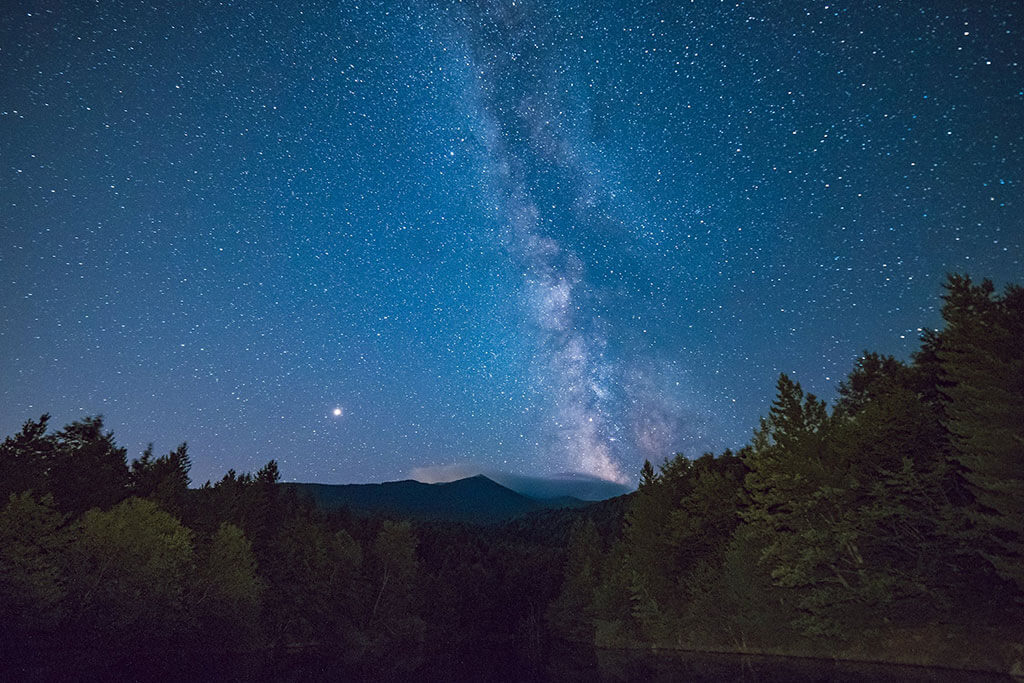
4
February
UofT AstroTour: What if the Earth had Two Suns?
Half of all stars in the night sky are actually in pairs or “binaries.” That is, instead of a single star like our Sun, these systems have two stars orbiting each other. Planets in these systems could have twice as many sunrises and sunsets. There could be twice as many solar systems to explore, double the habitable zones and, therefore, more opportunities for life to form! Is this really the case? Life here on Earth fundamentally relies upon the Sun’s (relatively) stable and quiet nature. Binaries, on the other hand, are sometimes found to exchange mass and more often explode!

3
February
Perimeter Institute: The Cosmic Gift of Neutron Stars
Prof. Victoria Kaspi, Department of Physics, McGill University
Neutron stars are a celestial gift to scientists. These incredibly dense collapsed stars act as very precise cosmic beacons that help shed light on some of the most challenging problems in modern physics.
In her Feb. 3 talk at Perimeter Institute, astrophysicist Victoria Kaspi will explore these strange objects, explain how astronomers are using them to study issues ranging from the origins of the universe to the very nature of matter, and even let the audience hear the cosmic symphony they create.

3
February
High Park Library: Placing the Planets
Astronomer Christa Van Laerhoven describes how the planets in our solar system formed and migrated. Some of them started off very far from their current orbits.
Presented in collaboration with the Dunlap Institute for Astronomy and Astrophysics.

2
February
NOVA Astronomy Course (1/6)
See for details http://www.rascto.ca/content/nova-astronomy-course-

1
February
Globe at Night
Measuring light pollution of your sky, see www.globeatnight.org

1
February
Dark Sky Star Party (GO for Thursday)
See the milky way and galaxies with the unaided eye. Point your telescope to find the many dim deep space objects that sprinkle the sky. Away from Toronto's light polution, there is so much to see. We observe from the Long Sault Conservation area, an hour outside of Toronto. We meet around dusk once a month in the parking lot for views only seen in dark sky conditions. We hold this event on the first clear night of our week-long window, so the date and time are determined closer to.

30
January
UofT Planetarium: ASTRONOMY’S GOLDEN AGE: Planetarium Shows in Aid of Syrian Refugees
Showtimes: 1:00pm, 2:00pm, and 3:00pm
Centuries before Galileo observed the moons of Jupiter, scientists in the Middle East were building the first cameras and developing the physics of light. Without the benefit of modern technologies, they took some of the first steps in understanding the motions of the planets and in explaining the nature of the Universe.

29
January
ASX Symposium: Astronomyths: Science or Fiction?
This is the 13th annual symposium organized by ASX and this year we'll be asking "is this science or fiction?" about topics from aliens to cosmology. We are also pleased to announce that Justin Trottier, the co-founder of ASX, will be our MC for this event. Come join us for an exciting night!
We are honored to be featuring Professor Fred Adams, cosmologist at the University of Michigan and co-author of “The Five Ages of the Universe,” Professor Lynn Rothschild of the NASA AMES Research Centre and Brian Trent, science fiction writer and author of “The Nightmare Lights of Mars.”

29
January
Barbara Frum Library: Exploring the Universe
The universe is very large and all of it is very far away. Even the edge of the solar system is inexplicably far away. Learn how we have used telescopes and space missions to understand our solar system and universe beyond it. With Jielai Zhang. 3rd floor, Room B.

28
January
UofT Planetarium: ASTRONOMY’S GOLDEN AGE: Planetarium Shows in Aid of Syrian Refugees
Showtimes: 7:00pm, 8:00pm, and 9:00pm
Centuries before Galileo observed the moons of Jupiter, scientists in the Middle East were building the first cameras and developing the physics of light. Without the benefit of modern technologies, they took some of the first steps in understanding the motions of the planets and in explaining the nature of the Universe.

27
January
Recreational Astronomy Night
Join us for our monthly recreational astronomy night meeting. This is where our members get to show their latest projects, or give tutorials and tips on just about everything to do with Astronomy. Talks start at 7:30, socializing starts at 7:00.

27
January
Brentwood Library: How the Cosmos Will Kill You
The stars of the night sky appear gentle, peaceful and unchanging. But this is a lie. The Universe is a violent and catastrophic place, with dozens of tools at its disposal to wipe out all life on Earth with almost no warning. Astronomers are still only beginning to appreciate the true scope of the dramatic forces that drive the Universe's evolution.
With Dr. Bryan Gaensler from the Dunlap Institute for Astronomy & Astrophysics.
Drop-in program. Limited space. First come, first seated.
